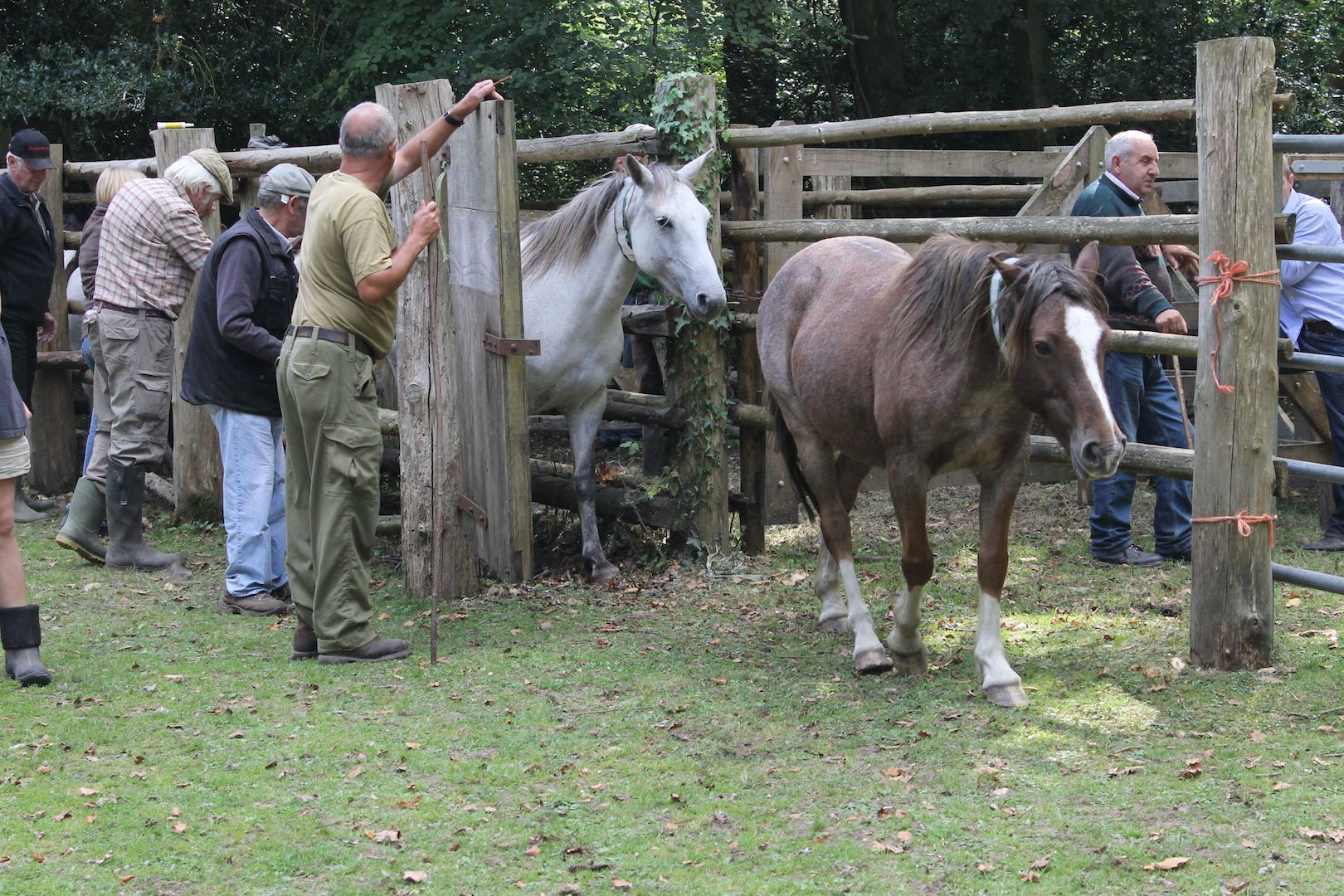
Fence month (or defence month) was the time of year during which people and their animals were not allowed on the New Forest, so as not to disturb the deer when they gave birth.
The commoning calendar holds many significant dates that reflect the seasons, and over time activities have developed that match the time of year. The most important of these are connected to the management of the commonable animals and include the stallion season (four weeks between May and June), and the pony drifts, or round-ups, held from August to November; whereas other dates signify the business end of commoning, such as the Beaulieu Road Sales, which are held at various times of the year and is where commoners can buy and sell ponies from a purpose-built sales yard. Attempts have been made, however, to impose certain dates on the commoners, such as ‘defence month’, better known as ‘fence month’. This date was fixed by Henry III’s Charter of the Forest in 1217, and ran from 15 days before Midsummer (Feast of John Baptist’s Nativity), to 15 days after, or more simply put – from 20th June to 20th July. During fence month no commonable beasts were allowed in the Forest, ‘no men or stray dogs’ were to wander in the Forest’ or persons permitted off the highways. Even people with fuel rights were forbidden to collect dead wood and fallen branches during this period. The reasons for such prohibitions were because at this time the fallow deer (Dama dama) give birth to their fawns. Deer were preserved for royal and aristocratic hunting, and Forest officers were required to defend them from disturbance at this particularly vulnerable time, by keeping watch night and day in their own bailiwicks. The Lord of the Manor of Fordingbridge, for example, was obliged to find ‘watch and ward’ upon the bridge that crosses the Avon, on account of its being one of the principle entrances into the Forest to ensure that the conditions of (de)fence month were observed.
New Forest Act 1877
Nevertheless, the commoners were able to avoid the exclusions of fence month and continue grazing their animals throughout this period on payment of a small quit rent, known as ‘month money’. Indeed, by 1670 it was stated before the Justice in Eyre, held at Lyndhurst, that ‘from time out of mind the commoners have had common of pasture for their cattle throughout fence month’. When the Crown wanted to profit from the growth of timber and the privatisation of the New Forest in the eighteenth and nineteenth centuries, it saw fence month as a method of reducing the value of commoning. As a conciliatory gesture the commoners offered reintroduce quit rents for grazing throughout fence month, but the Crown refused to be mollified and used the offer as proof of the Crown’s superior claim in the matter. This caused much rancour and bitterness among the commoners. It wasn’t until the New Forest Act 1877 that the matter was finally resolved. The Act reconstituted Court of Verderers, which was given judiciary and executive powers over the New Forest, including responsibility for the payment of quit rent in respect of fence month. This landmark piece of legislation has ensured that the law protects the commoning way of life and that the ancient traditions and annual observances, so important to the cultural heritage of the New Forest, can continue into the future.

The practice of commoning, which has existed uninterrupted for over a thousand years, is still the dominant influence over the Forest’s ecology, economy and community.


You must be logged in to post a comment.